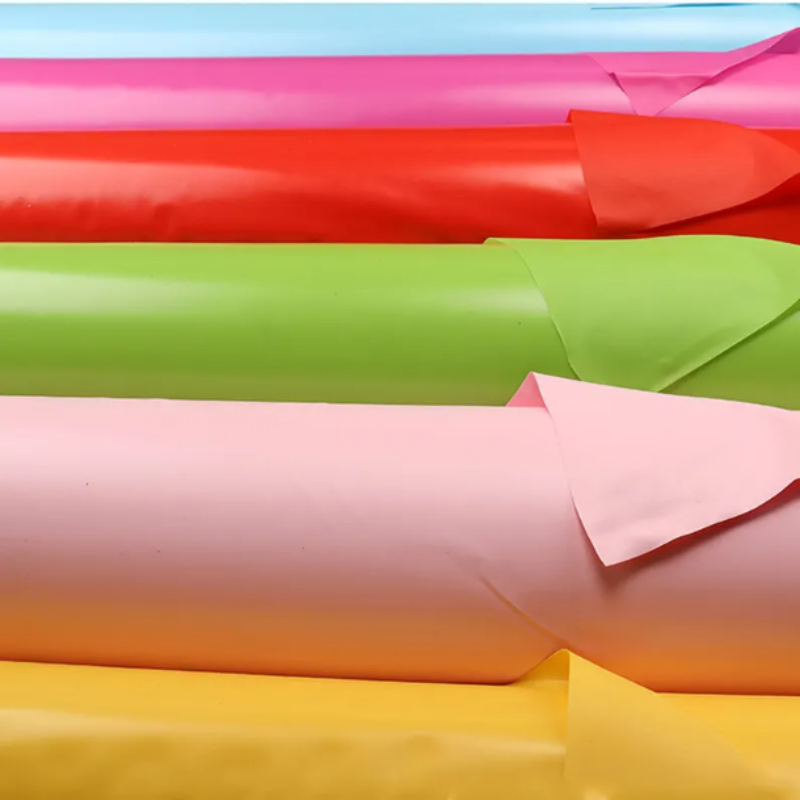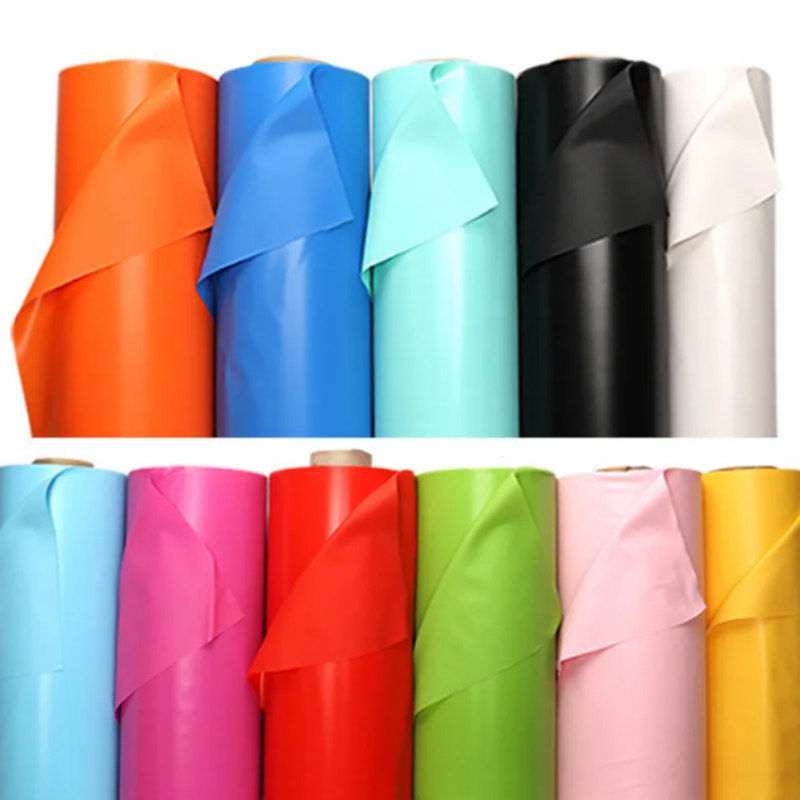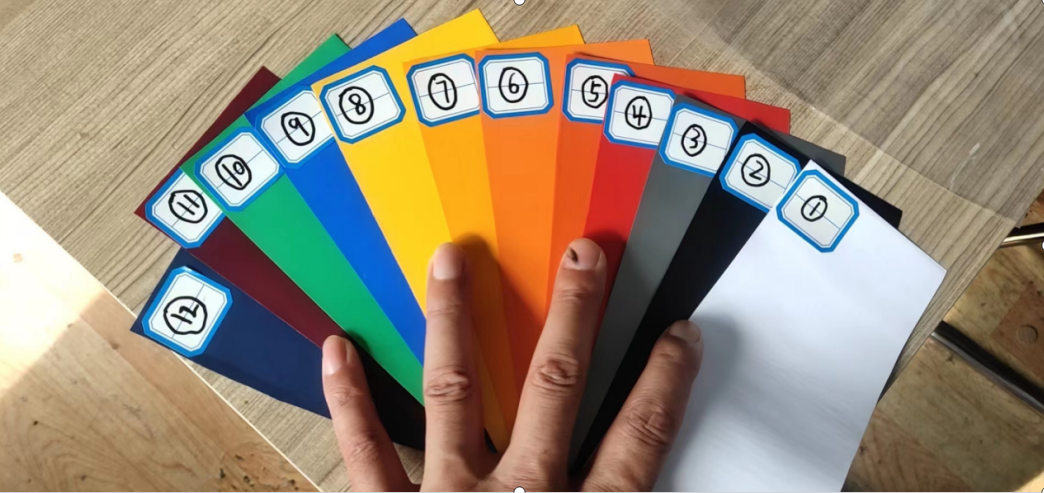
Color PVC Film for Steel Coil/Carbinet/Furniture
2025-03-06 16:46PVC (Polyvinyl Chloride) color films are widely used in the furniture industry due to their versatility, durability, and aesthetic appeal. These films are essentially a type of plastic film that can be applied to various substrates, including wood, MDF (Medium-Density Fiberboard), particle board, and more, to give them a decorative finish. Here’s an overview of PVC color films for furniture:
### Characteristics:
1. **Aesthetic Appeal**: Available in a wide range of colors, patterns, and textures, including wood grains, marble, and solid colors.
2. **Durability**: Resistant to scratches, wear, and tear, making them suitable for high-traffic areas.
3. **Water Resistance**: Provides a water-resistant surface, which is beneficial for kitchen and bathroom furniture.
4. **Ease of Maintenance**: Easy to clean with mild soap and water, maintaining their appearance over time.
5. **Flexibility**: Can be thermoformed or wrapped around complex shapes, allowing for intricate designs.
6. **Cost-Effective**: Generally more affordable compared to natural materials like real wood veneers.
### Applications:
- **Kitchen Cabinets**: Often used for cabinet doors and drawer fronts.
- **Wardrobes and Closet Systems**: Provides a durable and attractive finish for wardrobe panels.
- **Office Furniture**: Used for desks, shelves, and storage units.
- **Living Room Furniture**: Applied to TV stands, coffee tables, and sideboards.
- **Bathroom Vanities**: Offers a moisture-resistant surface for vanity tops and cabinets.
### Application Methods:
1. **Lamination**: The film is adhered to the substrate using heat and pressure. This method is commonly used for flat surfaces.
2. **Thermoforming**: The film is heated and formed over a mold to fit complex shapes and contours.
3. **Edge Banding**: Used to cover the edges of panels, providing a finished look and added protection.
### Installation Tips:
- **Surface Preparation**: Ensure the substrate is clean, dry, and free of dust and debris.
- **Temperature and Pressure**: Follow the manufacturer's guidelines for the appropriate temperature and pressure settings during lamination.
- **Trimming and Finishing**: Use appropriate tools to trim excess film and ensure a seamless finish.
### Considerations:
- **Environmental Impact**: PVC is not biodegradable, and its production and disposal can have environmental implications. Some manufacturers offer eco-friendly alternatives or recycling programs.
- **Quality Variance**: The quality of PVC films can vary, so it’s important to choose a reputable supplier to ensure durability and consistency.
- **Compatibility**: Ensure the film is compatible with the substrate and the intended use environment.
### Maintenance:
- **Cleaning**: Regularly clean with a damp cloth and mild detergent. Avoid abrasive cleaners.
- **Avoid Direct Sunlight**: Prolonged exposure to direct sunlight can cause fading and degradation.
- **Repair**: Small damages can often be repaired with touch-up kits, but larger issues may require replacement.
PVC color films offer a practical and stylish solution for furniture, combining functionality with design flexibility. They are a popular choice for both residential and commercial applications.



